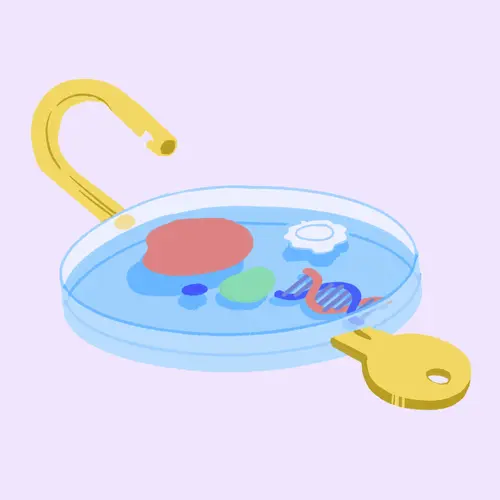If your child has a food allergy, get ready for a change to your family’s eating habits. Learn what to look out for at home and away to make sure he isn’t exposed to foods that might trigger an allergic reaction.
At Home
"Finding safe options that children are willing to eat can be a challenge," says Marion Groetch, RD, a dietitian at the Jaffe Food Allergy Institute at the Mount Sinai School of Medicine. "Families have to learn how to prepare safe meals and snacks from whole foods and also how to find allergen-free convenience items."
You'll need to master the art of reading product labels. The FDA requires the eight major dietary allergens (milk, eggs, wheat, soy, peanuts, tree nuts, fish, and shellfish) to be noted on product and ingredient labels. But other minor ingredients may not appear on the package. If you have questions about something your child might eat, you should call the maker before you serve it.
"There's always a risk of hidden ingredients," Bahna says. "Labeling is not always complete, nor clear."
Preparing meals and snacks at home gives you more control over what's in your child’s food. There are many cookbooks and web sites that feature allergy-friendly recipes.
Dining Out
If you’re in a restaurant, Groetch says, let the server know your child has a food allergy. Don't just ask if a menu item includes your child's allergy trigger. Ask to speak to the manager or chef who will prepare the food, so you can find out what’s in it and how it’s made.
"Ask that your food be prepared using clean hands and clean cooking surfaces, utensils, and equipment," Groetch says. "You don't want the hamburger for your child with milk allergies to be prepared on the same grill as another customer's cheeseburger."
Think about where you eat, too, she adds. For instance, if your child has a peanut allergy, you might want to avoid restaurants that cook with peanuts or peanut sauces. If he’s allergic to shellfish, stay away from seafood restaurants.
For special events like birthday parties, let the host know about the allergies. Make sure your child knows what's off-limits, too.
Be Ready
Always have emergency medications on hand. Most food allergy reactions start soon -- within minutes to a couple of hours -- after exposure to a trigger food.
Symptoms can include:
- Stomach or intestinal problems, such as vomiting, colic, diarrhea
- Skin reactions, such as hives, swelling, or eczema
- Breathing problems, such as upper respiratory congestion, throat swelling, or wheezing
In the most severe cases, a food allergy can cause anaphylaxis, which is a medical emergency that needs immediate treatment.If you think your child is having an anaphylactic reaction, call 911 immediately and use your epinephrine auto-injector. Do not hesitate to inject him, even if you are not sure it is an allergic reaction. The pen won’t hurt him and could save his life. Even after that injection, your child will still need to go to the hospital.
